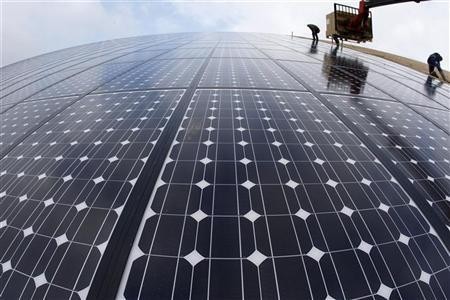Start-up RayGen Resources and renewable energy giant China Three Gorges have recently inked a solar technology deal. The agreement paves the way for the establishment of a pilot plant in the country.
Through the deal, RayGen Resources's supplier Angela Madconald-Smith Technology has already laid the foundations to utilize China's booming solar power market.
The memorandum of understanding allows RayGen Resources to put up a solar power plant in China, which will then be used in scaling up its plan to utilize the said energy in other plants many times that size.
A 100-megawatt plant that uses RayGen's technology, which combines two types of solar power technology, could be 10 to 20 percent more economical than a normal solar PV plant. This is according to China Three Gorges solar energy division deputy director Zu Liu.
"We believe this technology has a big potential to lower down the entire investment of solar power plants, so we decided to do some pilot projects in China to test its commercial use," Liu remarked.
The inking of the solar technology deal comes after the firm, along with other Chinese utilities, was toured at a 200-kilowatt plant in central Victoria in March.
The state-owned renewable energy giant has set a target of 20 gigawatts of solar power that it aims to achieve by 2020.
"They think our technology could be a real contributor to their demand long term and they are thinking that our costs could be cheaper, our scale-up faster, and ultimately provide a better value than PV," RayGen CEO Bob Cart shared.
Initially, a one-megawatt plant will be most likely built in the Hebei Province. The operation is expected to expand to about 30 megawatts after around three to six months, Cart revealed.
In total, the deal allows RayGen Resources to build 500 megawatts of capacity.
For Liu, the project is a big help for China Three Gorges when it comes to understanding the potential of the technology utilized by RayGen Resources in advancing larger plants.
"At our company we mostly do solar power plants of about 100 megawatts, and at that scale we need to study this technology very deeply, to see if it has any limitations to using it at this scale," she enthused.




























